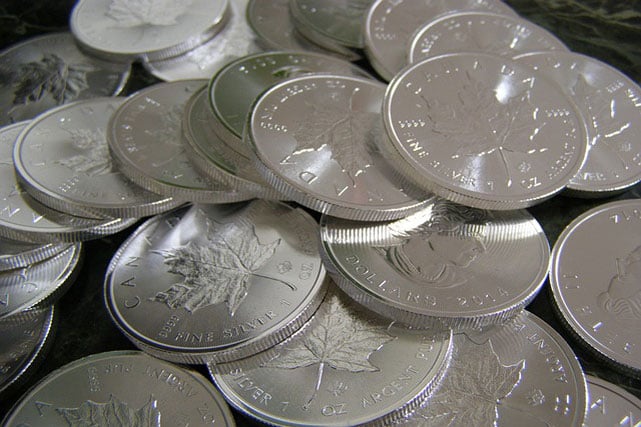

CAD to PHP prediction is a similar, but more general term. A commonplace example might be estimation of some variable of interest at some specified future date. Financial economists have put forth a hypothesis that the forward rate accurately predicts the future spot rate, for which empirical evidence is mixed.ĬAD to PHP forecasting is the process of making Canadian Dollar to Philippine Peso predictions of the future based on past and present data and most commonly by analysis of trends. Forward Canadian Dollar to Philippine Peso exchange rates forecast have important theoretical implications for forecasting future spot exchange rates. When in equilibrium, and when interest rates vary across two countries, the parity condition implies that the forward rate includes a premium or discount reflecting the interest rate differential. The Canadian Dollar to Philippine Peso forward exchange rate is determined by a parity relationship among the CAD to PHP spot exchange rate and differences in interest rates between two countries, which reflects an economic equilibrium in the foreign exchange market under which arbitrage opportunities are eliminated. Multinational corporations, banks, and other financial institutions enter into forward contracts to take advantage of the CAD to PHP forward rate for hedging purposes in case CAD to PHP going up or Canadian Dollar to Philippine Peso going down. The CAD to PHP forward exchange rate (also referred to as forward rate or forward price or CAD to PHP forecast) is the exchange rate at which a bank agrees to exchange Canadian Dollar to Philippine Peso for another currency at a future date when it enters into a forward contract with an investor. The Philippine coins and banknotes are minted and printed at the Security Plant Complex of the Bangko Sentral ng Pilipinas (Central Bank of the Philippines) in Quezon City. This symbol is unique to the Philippines as the symbol used for the peso in countries like Mexico and other former colonies of Spain in Latin America is "$". The symbol can be accessed through some word processors by typing in "20b1" and then pressing the Alt and X buttons simultaneously. The "₱" symbol was added to the Unicode standard in version 3.2 and is assigned U+20B1 (₱). Other ways of writing the Philippine peso sign are "PHP", "PhP", "Php", "P$", or just "P". The peso is usually denoted by the symbol "₱".

Since the adoption of Filipino language for banknotes and coins, the term "piso" is now used. As a former colony of the United States, the country used English on its currency, with the word "peso" appearing on notes and coinage until 1967. It is subdivided into 100 centavos (Filipino: sentimo). The Philippine peso (Philippine English pronunciation: /ˈpɛsoʊ/ Filipino: piso or sign: ₱ code: PHP) is the official currency of the Philippines.


 0 kommentar(er)
0 kommentar(er)
